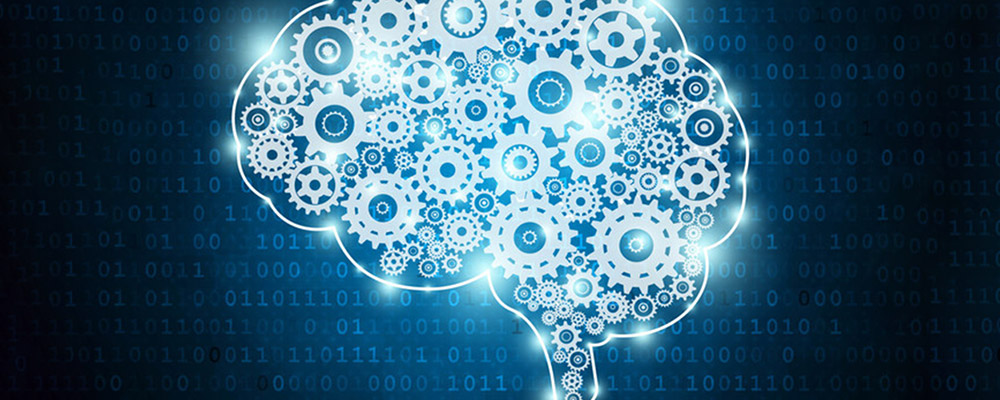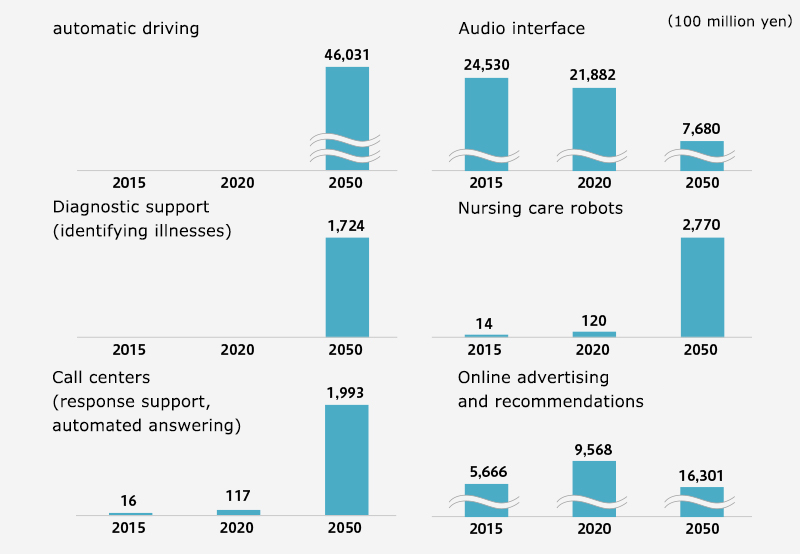
How Far Will Artificial Intelligence(AI) Spread?
The era of true AI has finally arrived!
In recent years, it has become quite common to see the words “Artificial Intelligence (AI)” in the media. AI has long been a fixture in science fiction films, cartoons, and other non-realistic realms, but research has been making steady progress for several decades in the real world as well.
It is currently being said that we are in the midst of a “third AI boom”. The first boom took place from the 1950s-1960s, when various methods were discussed for using computers to perform pattern recognition and problem solving as opposed to simple data aggregation. During this period, the goal was to get computers to solve puzzles. The second boom happened in the 1980s, with the development of “expert systems”, and with it came the expectation that it might be possible to transfer humanity’s specialized knowledge onto software.
Now, over 30 years later, progress in the branch of machine learning techniques known as “deep learning” is leading to remarkable advancements in AI. The human brain possesses the cognitive ability to identify a great many images and sounds and to detect specific patterns. It is the attainment by computers of this cognitive ability that has given rise to the current AI boom.
In 2012, Google successfully enabled computers to identify images of cats. Subsequently, the use of AI accelerated in a flash. Machines, systems, and tools employing AI began to appear in various areas in society. With AI spreading steadily into so many fields, it would seem necessary to understand this technology and to start thinking about how it can best be utilized in the near future.
AI: past, present and future
AI is already being widely used even in our daily lives. Take the web ads that inevitably flood our eyes whenever we access the internet on our PCs or smartphones. These ads are set up so that based on keyword searches that users perform casually everyday, AI selects which ads to display according to whatever content is most appropriate for each individual user. The advertising and marketing field may be regarded as a colossal market for AI, having reached 566.6 billion yen in scale in 2015. Going forward, however, it is expected to take market share away from the television and banner advertising markets, and to hit roughly one trillion yen in scale around 2020.
Perhaps the area that is expected to grow the most in the future is automated driving in vehicles. As the global population continues to age, we are seeing aggressive strides being made in research and development. Japanese companies are now moving at a faster pace, with Toyota Motor Corporation setting up a research center in Silicon Valley, for example. It is highly likely that in 2050, all automobiles will come equipped with AI, and that the automotive field will be the largest market for AI in the world.
Market Scale in Terms of AI Applications (NRI Estimates)

Some jobs could be taken over by AI, but…
Some worry that if AI continues to spread with such momentum, it could take over jobs which thus far have required human involvement, and moreover this development could unfurl at an increasing rate. To be sure, there will be more jobs that can be performed by machines equipped with AI instead of by human beings. In fact, with robots active in areas such as nursing care and disaster relief, for example, there will even be cases where AI will outperform humans in certain fields. Nevertheless, this is not to say that taxi drivers will soon find themselves out of a job thanks to advanced automatic driving systems—what seems more realistic at the moment is that niche AI applications in certain fields will gradually come to replace jobs done by humans.
Human beings and AI, living and prospering side by side
If AI applications were to be developed that could do things like accurately read handwritten reports, or streamline the process of placing orders at retail shops, then accountants and persons in charge of placing orders might eventually find themselves out of work. However, there are not so many engineers capable of writing programs for developing such applications. On the contrary, since these applications would raise operational efficiency and make other contributions to businesses, the need for programmers would only increase. Getting and training skilled programmers could well be the key to the AI era.
It will be even more important to train people and refine their skills so they can master jobs that cannot be replaced by AI. An example of this would be the imagination required to create completely new products, or communication skills for building interpersonal relationships of trust. Since AI makes determinations using huge amounts of data based on facts, it lacks the capacity to produce ideas for completely new kinds of businesses, and so it would be difficult for AI to take over sales or management jobs where capturing hearts and minds is what counts.
By understanding the respective strengths of human beings and AI and enhancing them even further, it must surely be possible for us not merely to coexist, but to work together to create a better future. The emergence of AI alongside humans might even lead us to a more creative world.